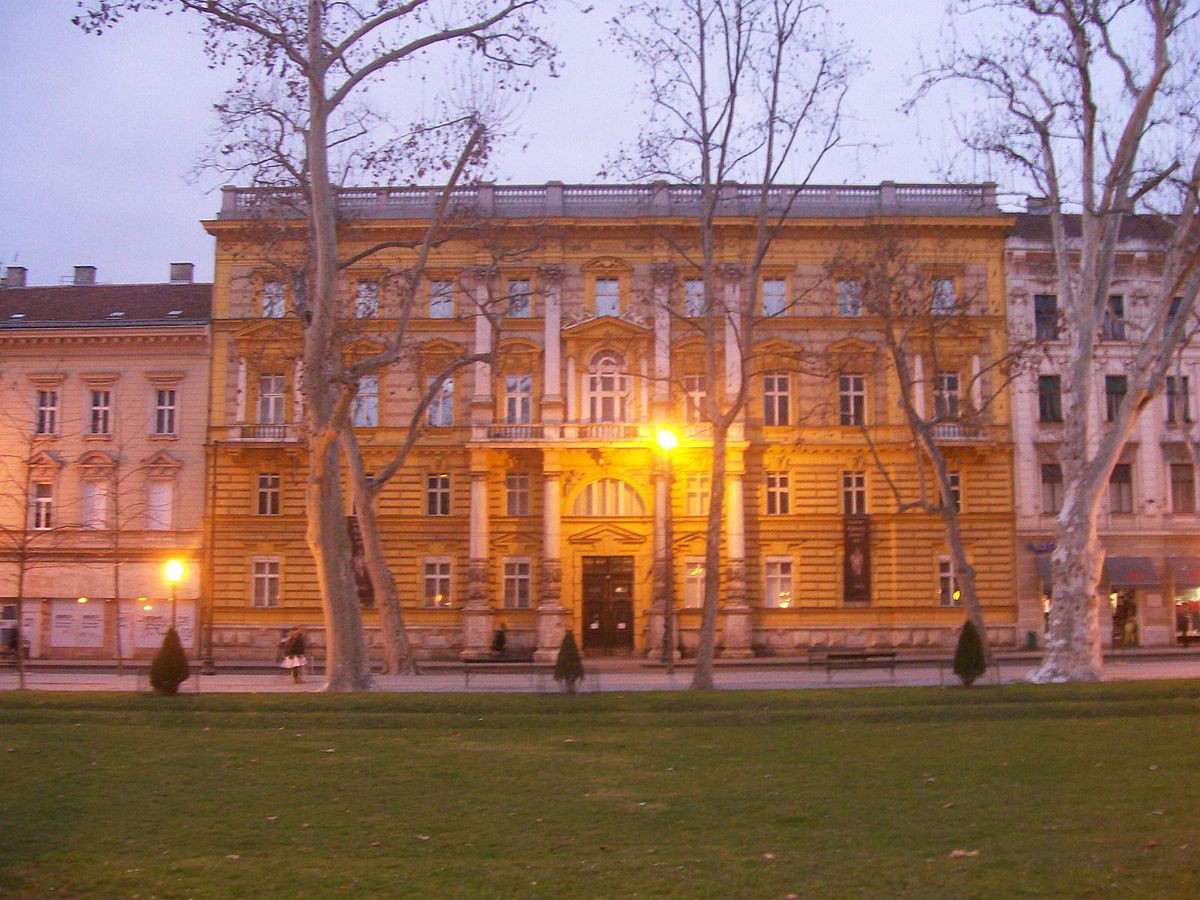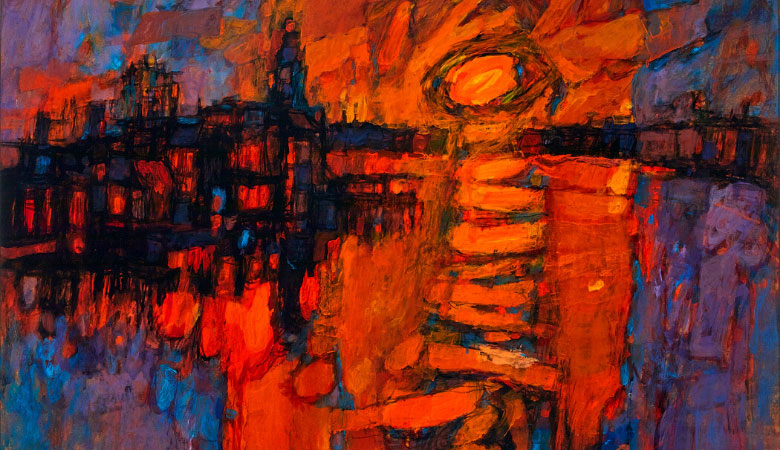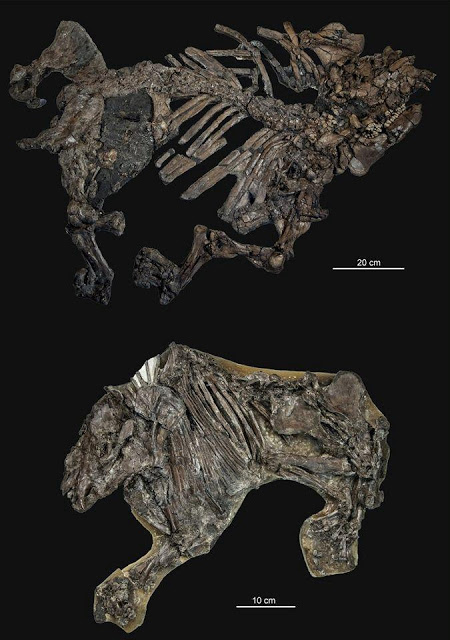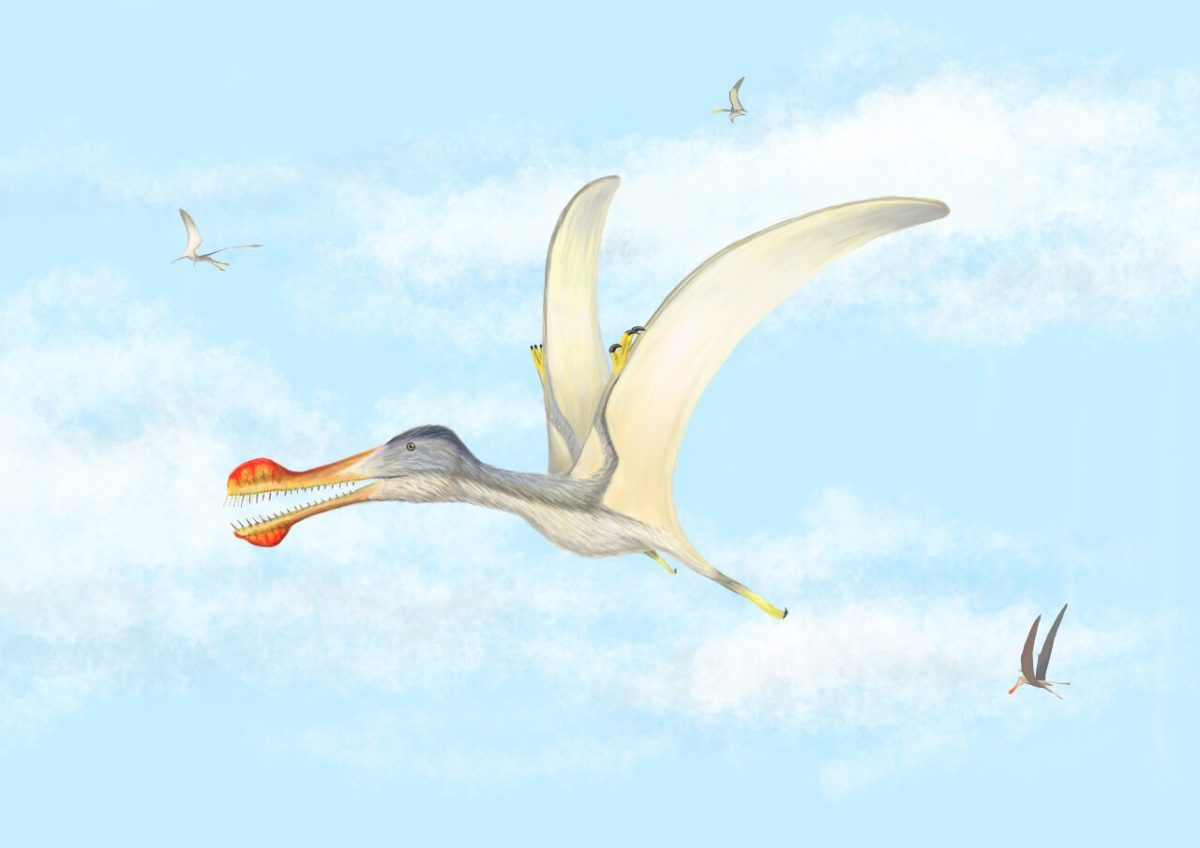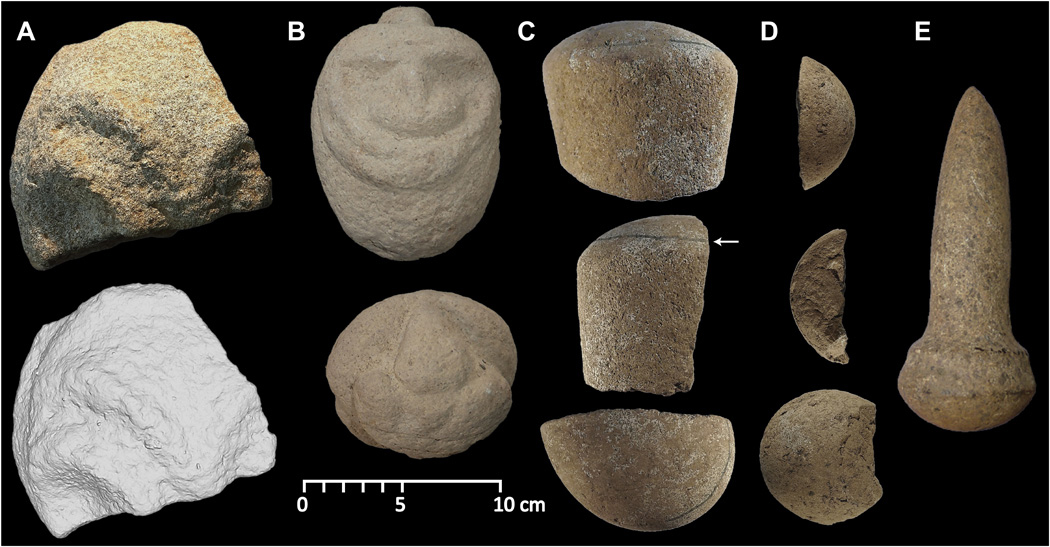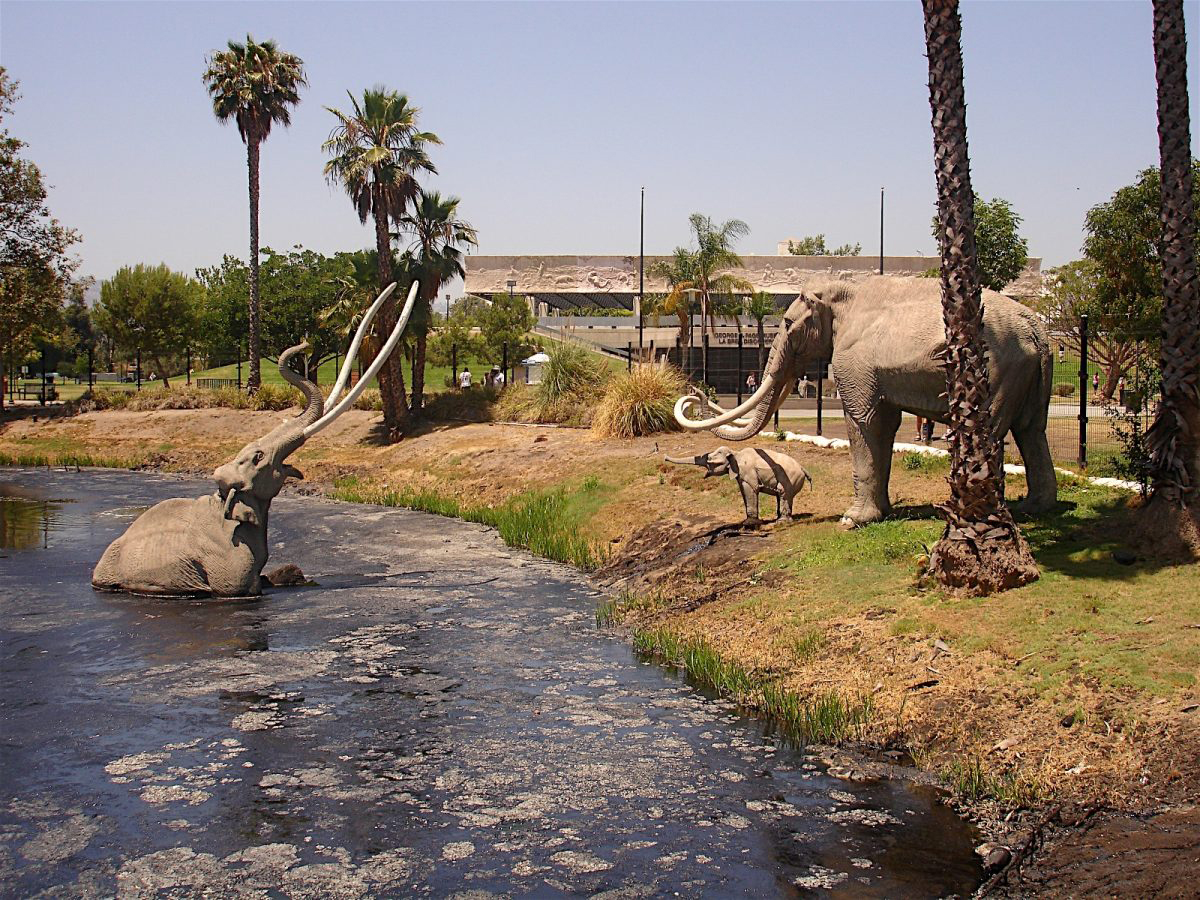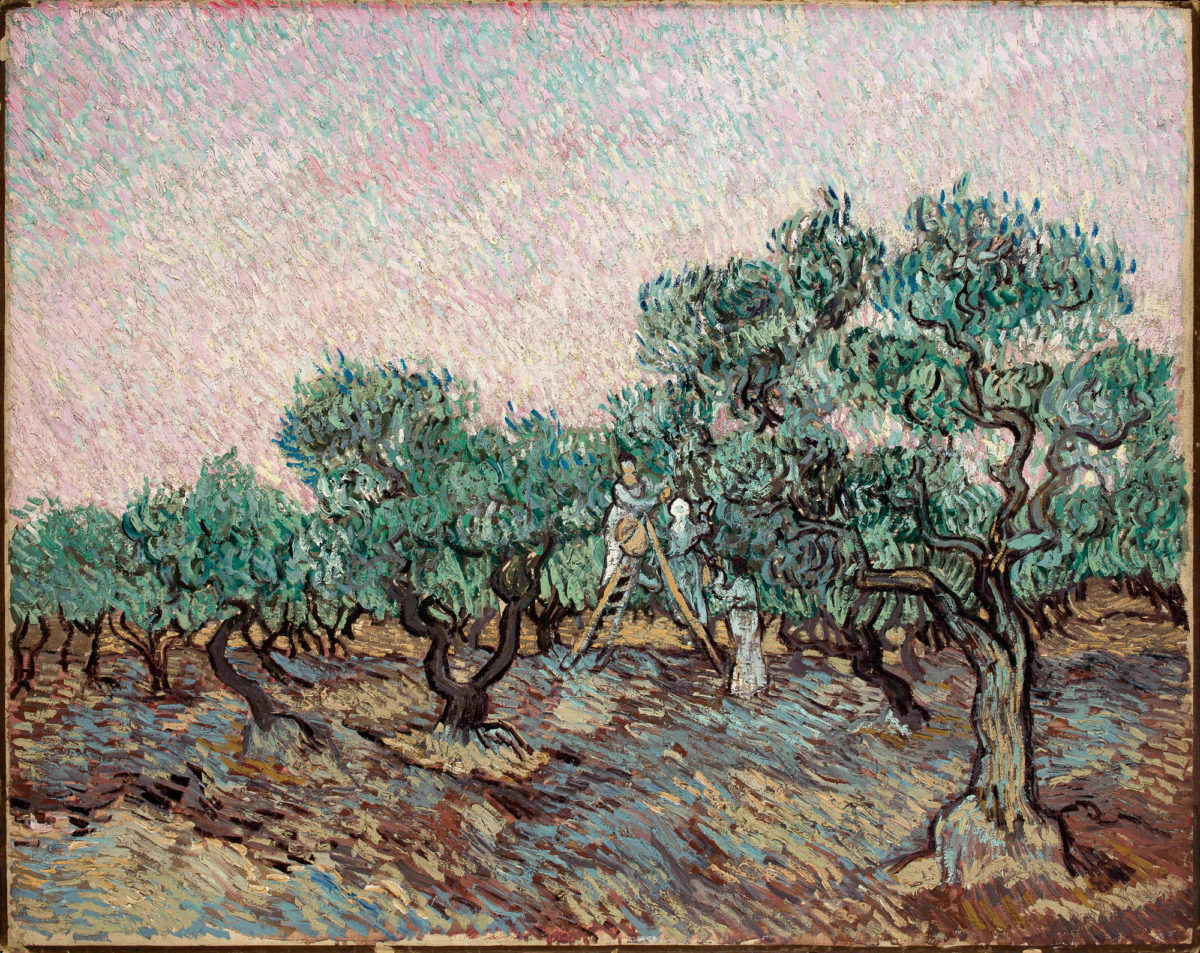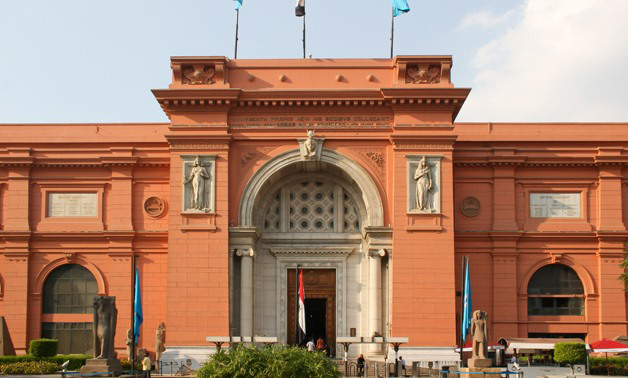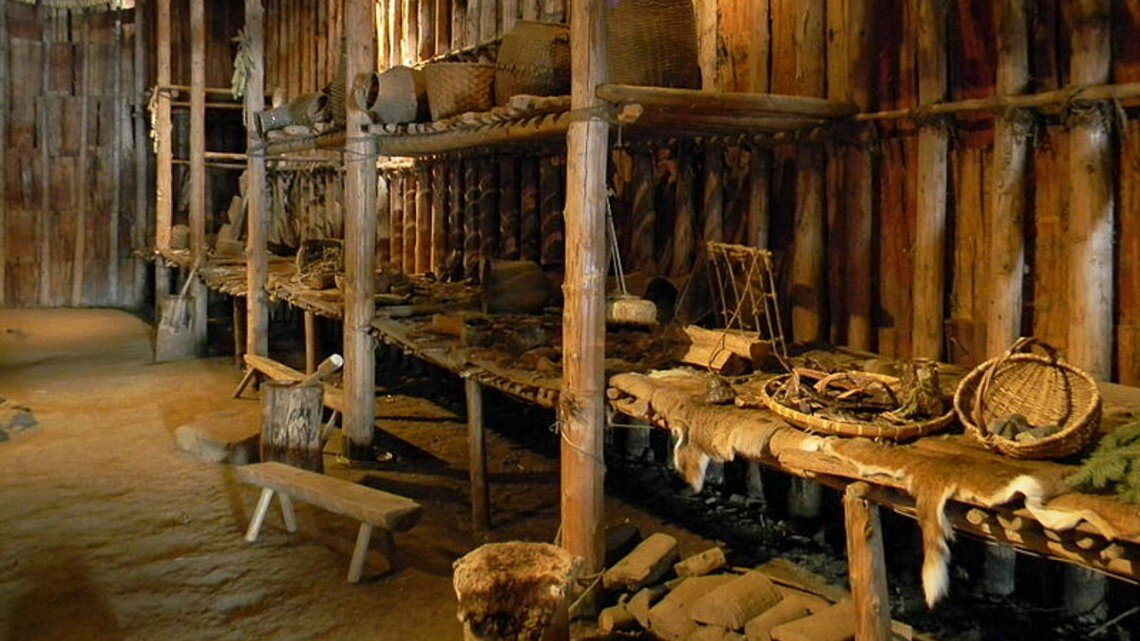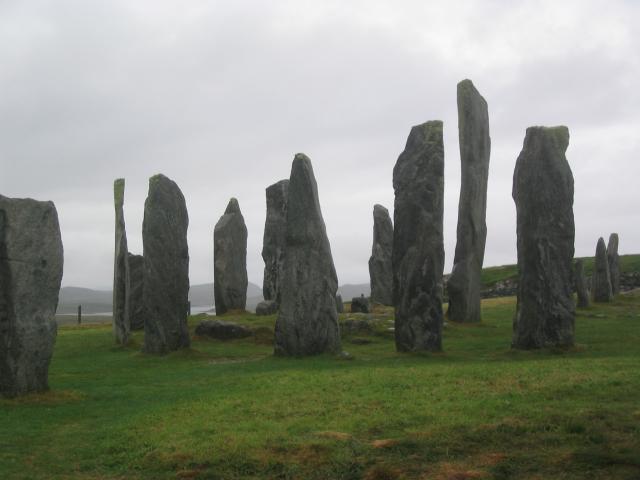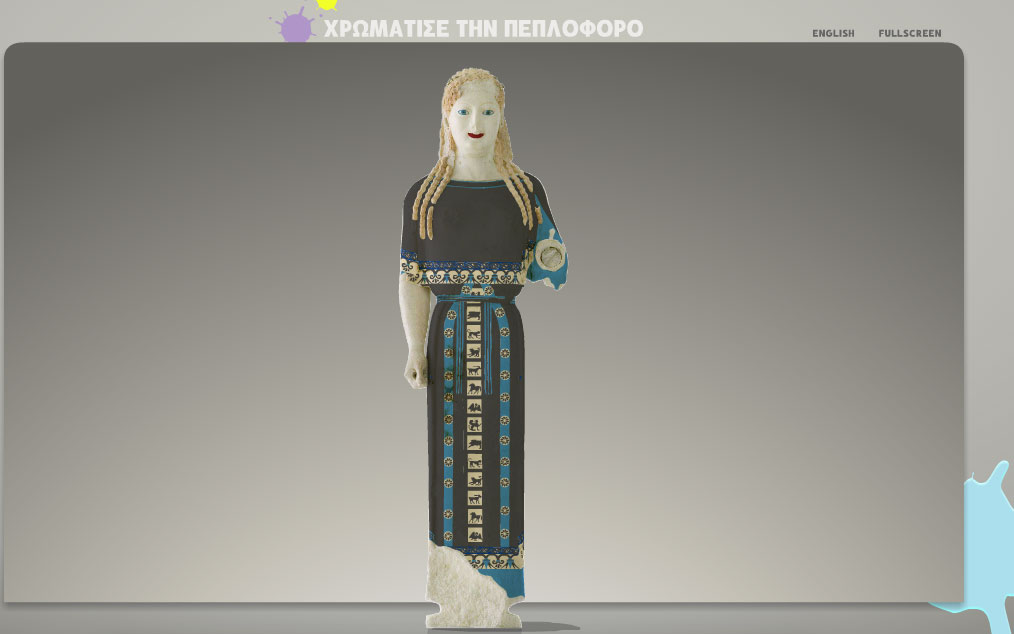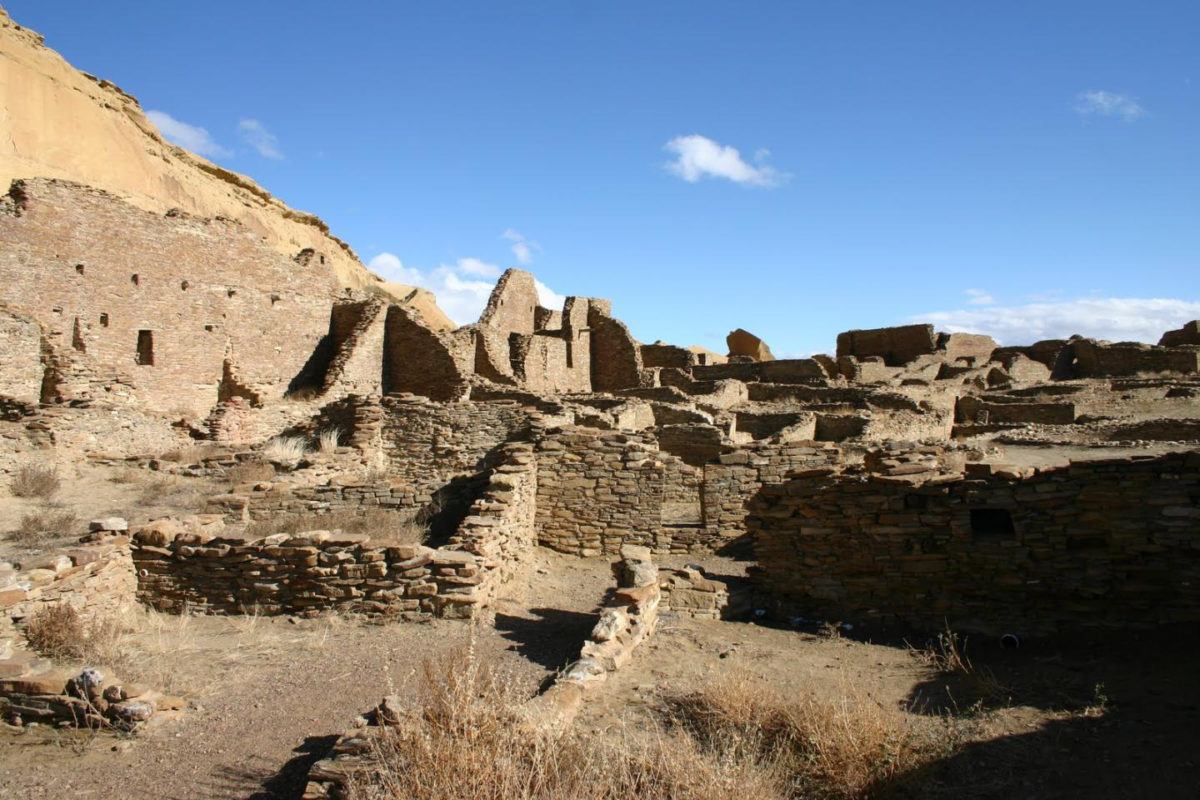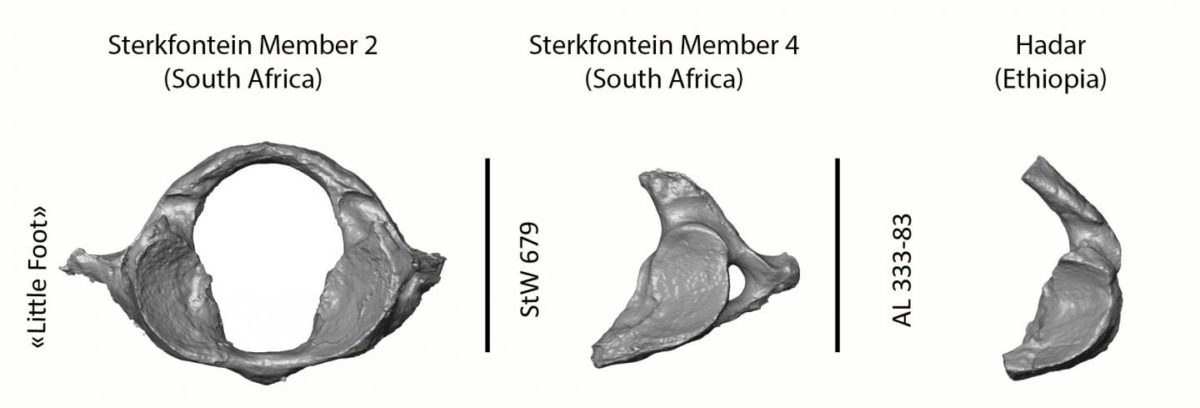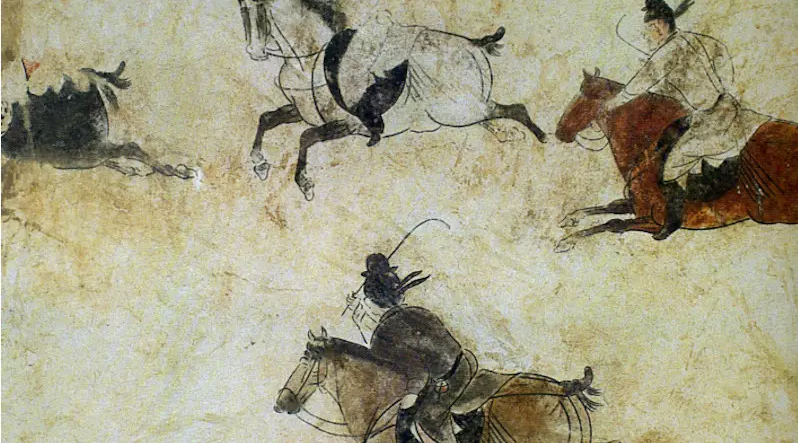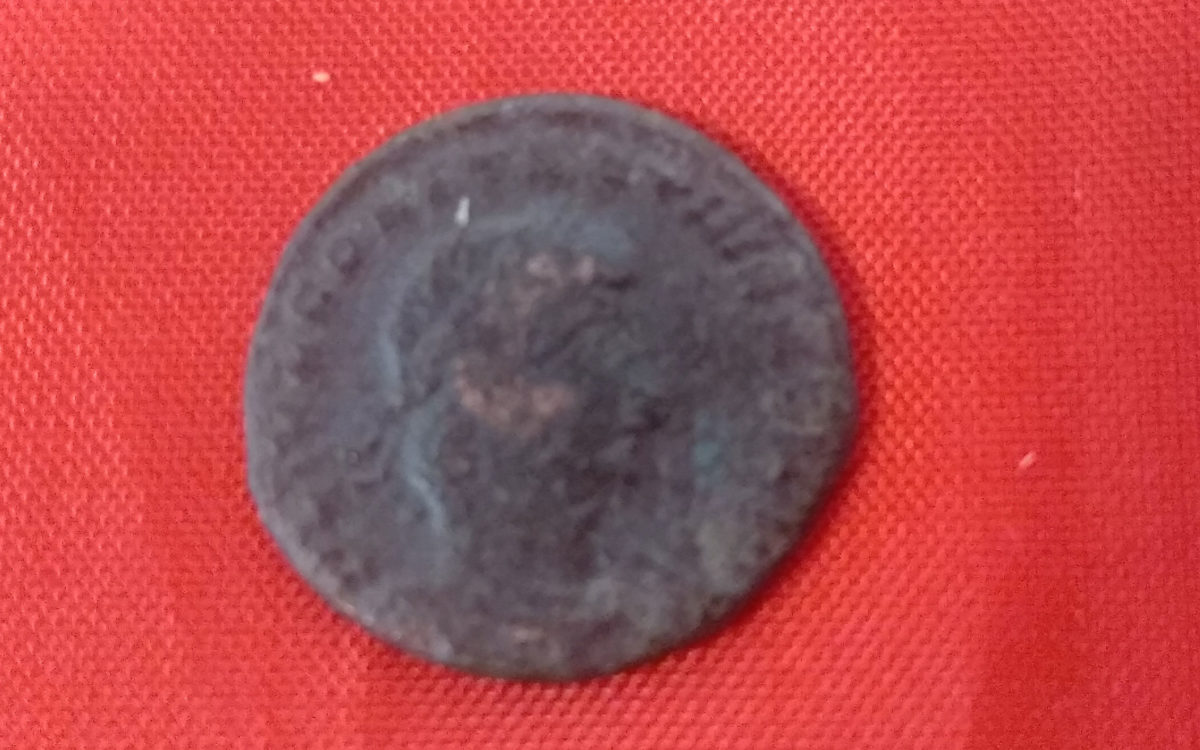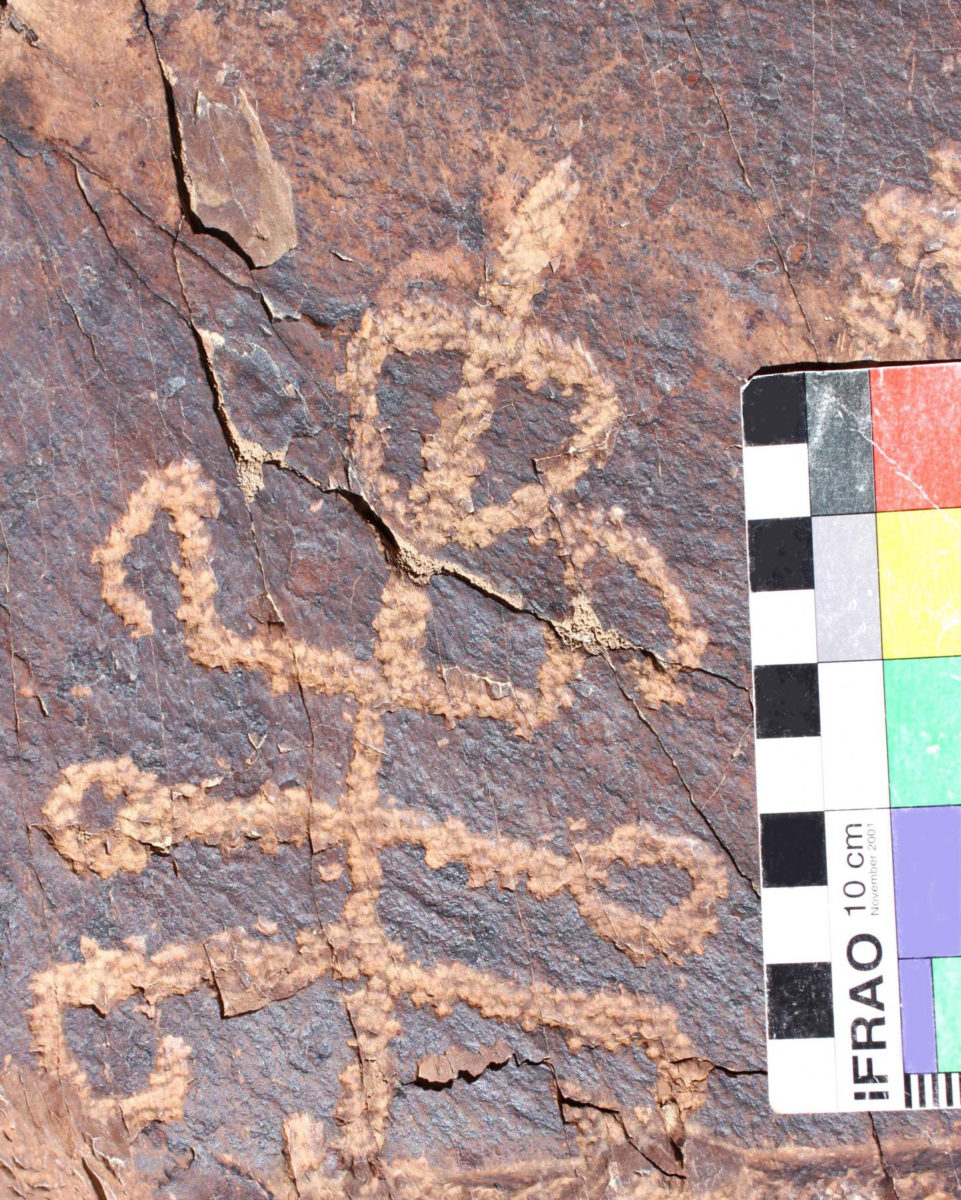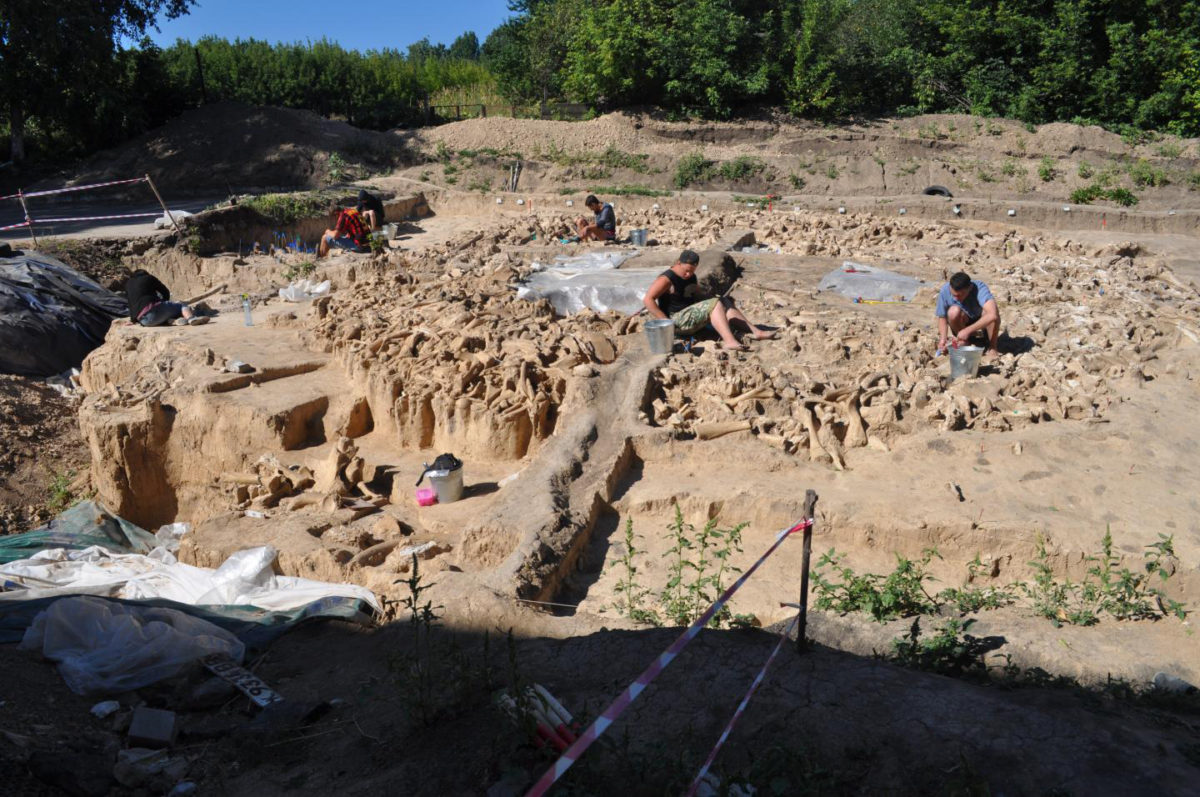Damage caused to the Archaeological Museum in Zagreb
In a series of earthquakes, on Sunday, March 22, 2020, the Archaeological Museum in Zagreb suffered damage to the building and severe damage to the permanent exhibition and objects.
Neanderthals ate mussels, fish, and seals too
International research team with participation from University of Göttingen find it wasn't just Homo sapiens who sourced food from the sea ‒ impact on cognitive abilities suspected.
Exhibition of works by Alfred Cohen opened and closed on the same day
The exhibition entitled “Alfred Cohen: an American Artist in Europe”, at Bush House in King's College, London, was being prepared for many years now.
Small horses got smaller, big tapirs got bigger 47 million years ago
Exceptionally preserved fossil animals gave palaeontologists a unique window into the evolution of mammals 47 million years ago.
Clues about flying reptiles in the Sahara 100 million years ago
Fish-eating pterosaurs with wingspans of up to 13 feet soared and snatched prey, Baylor University researcher says.
A neolithic era developed independently in New Guinea
New artifacts uncovered at the Waim archaeological site in the highlands of New Guinea illustrate a shift in human behavior between 5050 and 4200 years ago.
Five and a half hours at the Hermitage from home
A look at 45 galleries, 588 art works, live performances by Kirill Richter and dancers of the Hermitage Theatre and directed visits by art lovers to the museum.
Unprecedented preservation of fossil feces from the La Brea Tar Pits
A team of researchers from La Brea Tar Pits, report the first coprolites – or fossil feces – ever discovered in an asphaltic – or tar pit – context.
Romans already had miniature dogs as pets over 2,000 years ago
Like many dog lovers today, the Romans had ‘miniature dogs’ as pets that were similar in size to Pekingese or some types of Chihuahua.
Web browsing the B&E Goulandris Collection from home
Digital reproductions of 148 works, images of details and audio guided tours in two languages offer users a complete picture of the art works.
Museums in Egypt close due to Coronavirus
Museums in Egypt close to the public in the framework of measurements against the Coronavirus spread.
Bone analyses tell about kitchen utensils in the Middle Ages
Who in the Middle Ages cooked their dinner in copper pots? And where did they do it? Such information can be revealed by chemical analyses of human bones.
Maize, not metal, key to native settlements’ history in NY
New Cornell University research is producing a more accurate historical timeline for the occupation of Native American sites in upstate New York.
Painters remind us of the pleasures of “staying at home”!
Reading a book, playing board games, nibbling something from the fridge at midnight, snuggling up in bed and more…
Ancient secret of lightning strikes at stone circles revealed
New evidence of a massive lightning strike at the centre of a stone circle in the Outer Hebrides may help shed light on why these monuments were created thousands of years ago.
Fine-tuning radiocarbon dating could ‘rewrite’ ancient events
Radiocarbon dating, invented in the late 1940s and improved ever since to provide more precise measurements, is the standard method for determining the dates of artifacts in archaeology and other disciplines.
“We stay home” but go on a digital walk…
Web browsing apps and interactive digital educational programmes invite us to get a close look at our monuments, to learn and amuse ourselves.
The life and death of one of America’s most mysterious trees
A symbol of life, an ancient sundial or just firewood? Tree-ring scientists trace the origin of a tree log unearthed almost a century ago.
‘Little Foot’ skull reveals how this human ancestor lived
Micro-CT scanning of 'Little Foot' skull reveals new aspects of the life of this more than 3-million year-old-human ancestor.
Unraveling the puzzle of Madagascar’s forest cats
In a recent study, Sauther and her colleagues have drawn on genetic data from dozens of these wild cats to narrow in on an answer.
Tang Dynasty noblewoman buried with her donkeys
The research provides the first physical evidence of donkey polo in Imperial China, which previously was only known from historical texts.
Attempt by a 35-year-old to sell an ancient coin via the internet
It was found to be a bronze Roman coin from the 2nd to 3rd century AD.
Ancient mantis-man petroglyph discovered in Iran
A unique rock carving found in the Teymareh rock art site (Khomein county) in Central Iran with six limbs has been described as part man, part mantis.
Mysterious bone circles made from the remains of mammoths
Mysterious bone circles made from the remains of dozens of mammoths have revealed clues about how ancient communities survived Europe's ice age.
